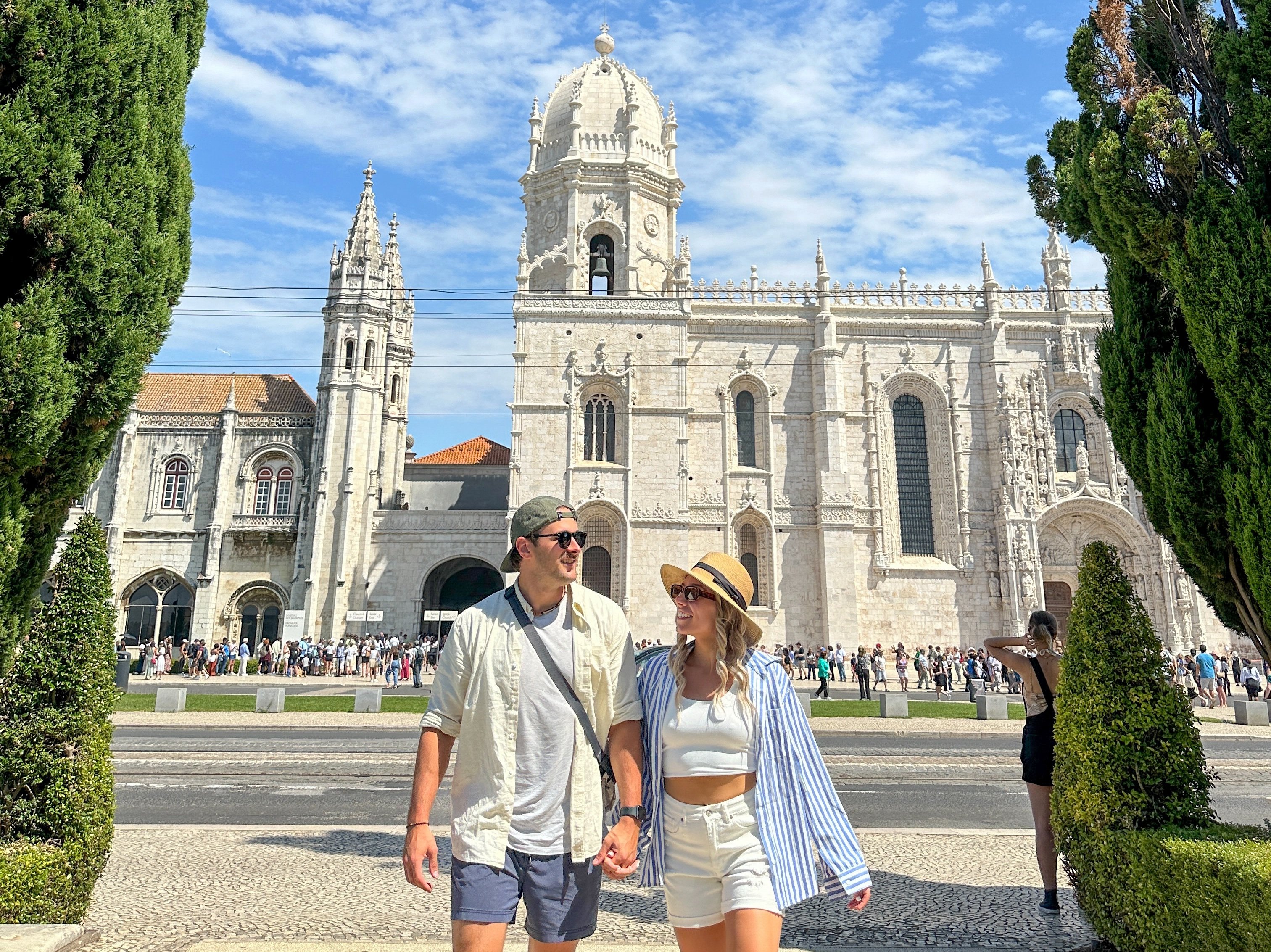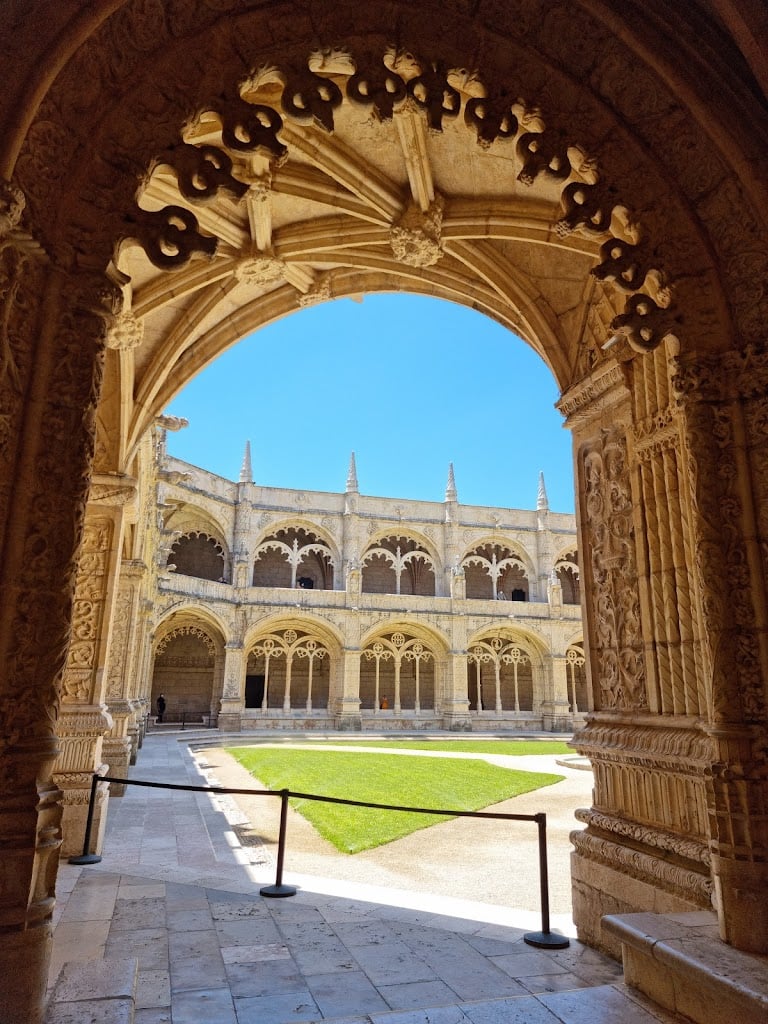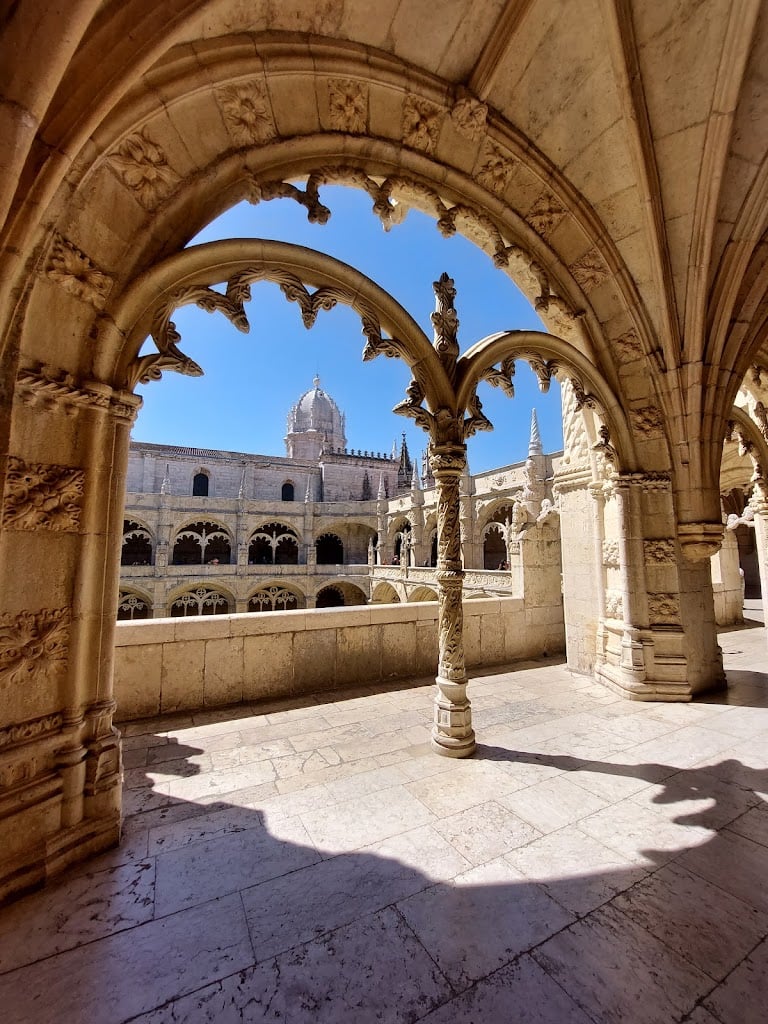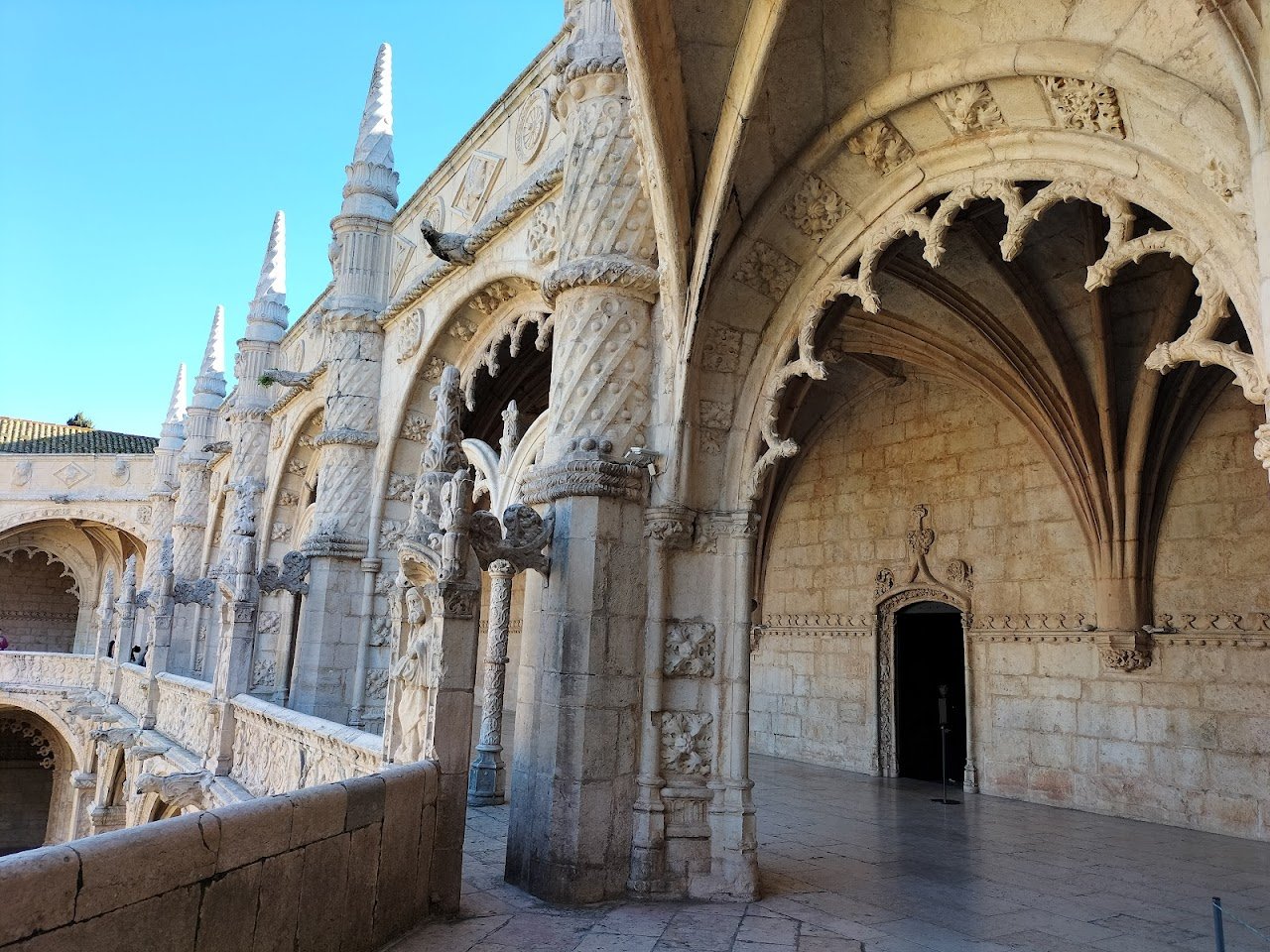Jerónimos Monastery





Ask ThatchGPT
Suggest a local expert to plan my trip
Suggest an unique itinerary for my Portugal trip
What foods do Portugal locals eat
What are some true hidden gems in Portugal
Help me brainstorm trip ideas for Portugal
Help me plan a family-friendly trip to Portugal
What people say
Pedro Pereira
Available for hire
"In the place where the Jerónimos Monastery is located today, next to the old beach of Belém, there was originally a small hermitage dedicated to Santa Maria, which was ordered to be built by Infante D. Henrique, in 1452. At the beginning of the 16th century, King D. Manuel I saw his intention to have a large monastery built there recognized by the Holy See, which was donated to the Order of the Friars of Saint Jerome. A culmination of Manueline architecture and intrinsically linked to the epic of the Discoveries, this monastery is the most notable Portuguese monastic complex of its time and one of the main hall churches in Europe.
Construction began in 1501, lasted for a hundred years and was directed by a notable group of national and foreign architects and builders. Initially designed by the Frenchman Boytac, the work was continued by other Masters, namely João de Castilho and, in the middle of the century, Diogo de Torralva. After the arrival of the Portuguese in India, the Portuguese crown was able to finance the venture with funds from trade with the East. King D. Manuel I channeled a large part of the so-called “Vintena da Pimenta” (approximately 5% of revenues from trade with Africa and the East, equivalent to 70kg of gold per year) to pay for construction work.
In this monument, classified by UNESCO as a World Heritage Site, the facades, the Church and the cloisters deserve to be highlighted. On the south façade, you can admire the portal carved by João de Castilho, where the figures are arranged according to a specific hierarchy: at the bottom, Infante D. Henrique guards the entrance, in the middle, the Virgin of Belém blesses the monument, and the Archangel Saint Gabriel, the protector of Portugal, completes the arch. The western portal, through which you enter the sacred space, was designed by Nicolau Chanterenne. On the left, protected by São Jerónimo, is the statue of King D. Manuel, which is said to be a faithful portrait, and, on the right, that of Queen D. Maria, his wife, protected by São João Baptista.
Inside, there is the hall church, a Manueline masterpiece, designed by João de Castilho. Note how, in an audacious work of architecture, the beautiful vault of the transept is not supported by any column. At the entrance, after the low choir, are the cenotaphs of the poet Luís de Camões, author of the epic poem "Os Lusíadas", and of Vasco da Gama, commander of the armada that headed for India in 1497. In the side chapels, the kings, princes and infants descended from D. Manuel I are buried. In the main chapel, later reconstituted by Jerónimo de Ruão, there are the tombs of D. Manuel I, his son D. João III and their wives. The solid silver tabernacle, a work of Portuguese goldsmithing from the mid-17th century, deserves special mention."
Ariel Blakeman
"The Jerónimos Monastery, also called Hieronymites Monastery, is along with the Tower of Belém, one of the most visited sites in Lisbon. UNESCO declared it a World Heritage Site in 1983. This landmark is called Mosteiro dos Jerónimos in Portuguese. The religious building was designed by the Portuguese architect Diogo de Boitaca to commemorate the return of Vasco da Gama from India. The construction began on 6 January 1501 and wasn’t completed until the seventeenth century. The building is predominantly Manueline style (Portuguese late Gothic). Curiously, the monastery was built on the site of the former Ermida do Restelo, the chapel where Vasco da Gama and the rest of the sailors prayed before setting sail down the African coast to India. The Church The Church of Santa Maria is unique in the world. It is completely different from the rest. The temple has a single nave that is held up by six beautifully sculpted columns and the church seems to go on forever. The Church houses the tombs of Vasco da Gama and Luís de Camões, a Portuguese poet and writer. Cloister The Jerónimos Monastery’s two-story cloister is even more beautiful than Lisbon Cathedral’s nunnery. It is much larger and its decorative ornamentation and symbolism are breath-taking. When you explore the cloister, you’ll see the church of Santa Maria from above and the tomb of Fernando Pessoa, a renowned Portuguese writer and poet. One of the cloister’s halls is dedicated to the history of the Monastery, which is compared to the country and the rest of the world’s evolution. "
Read more in:
Joana Costa
"The Jerónimos Monastery, is an architectural jewel of the Manueline style and a testimony to Portugal's rich historical past. Built in the 16th century, the monastery is a masterpiece of grand proportions, with ornate details and an impressive façade. Housing the tombs of important historical figures, such as Vasco da Gama, the Jerónimos Monastery is a site of great cultural and religious importance. In addition, its location near the Tower of Belém makes it a must-see tourist attraction, with its architectural beauty and historical significance, which evoke the era of the Portuguese Discoveries."
Read more in:
Mentioned in these guides
About Jerónimos Monastery
Get the inside scoop on Jerónimos Monastery from local experts, travel creators, and tastemakers. Browse genuine trip notes, Jerónimos Monastery reviews, photos, travel guides, and itineraries from real travelers and plan your trip with confidence.

Check prices
for your stay
Phone
Save this spot for later or start mapping out a new trip today
Try our AI Travel Assistant and get instant answers to any questions about your trip.
Ask ThatchGPT


